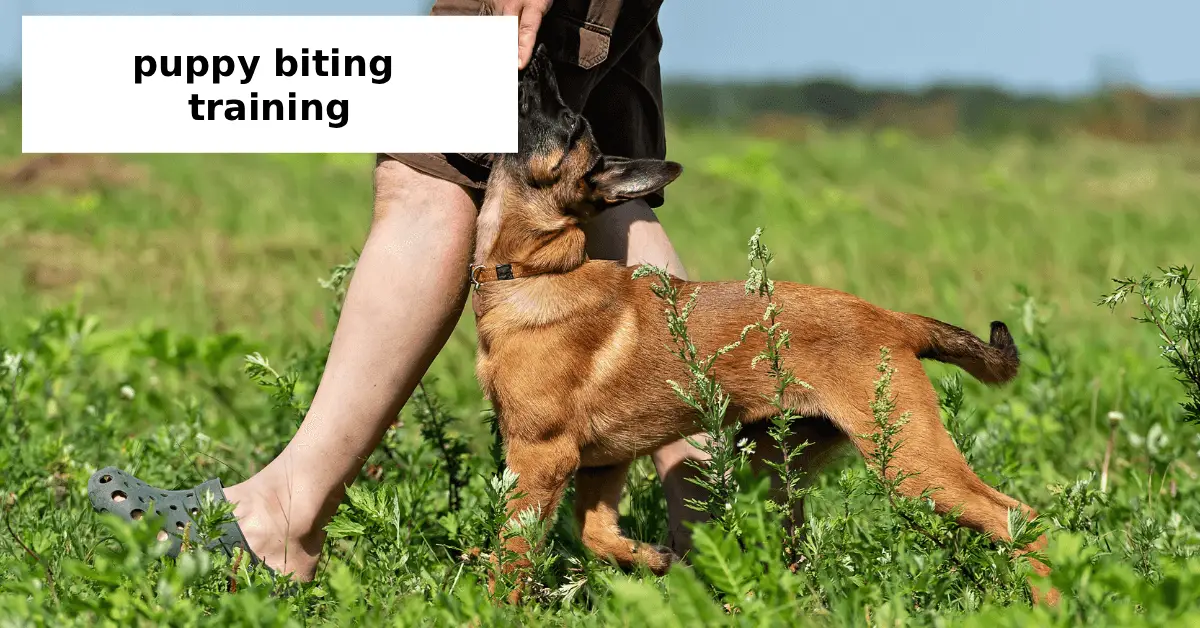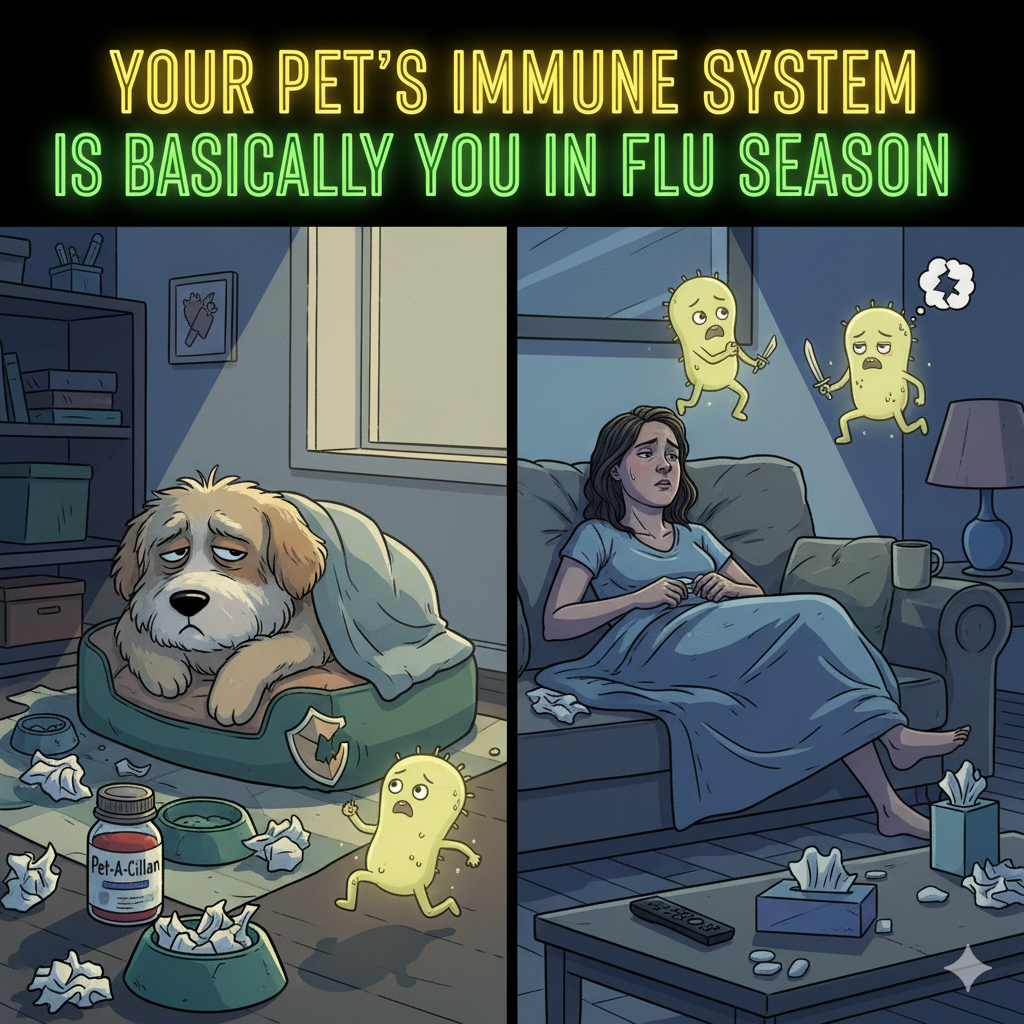Bringing home a new puppy is an exciting milestone for first-time dog owners in the US. While their playfulness brings joy, one common challenge most new puppy owners face is biting and nipping. Puppies explore the world with their mouths, especially during teething. Without proper training, this behavior can turn into a problem for families with kids bringing home a puppy or households adopting rescue puppies.
In this guide, we’ll explore the best methods for puppy biting training, supported by expert advice and real-world techniques. By focusing on positive reinforcement for puppies, gentle correction, and consistent habits, you’ll create a safe and happy environment for your furry friend.
Why Puppy Biting Happens
Before jumping into puppy biting solutions, it’s essential to understand the root causes:
- Teething Phase: Like human babies, puppies bite to relieve discomfort during teething. Many pet parents dealing with teething puppies notice chewing on toys, furniture, or even fingers.
- Play Behavior: Puppies play by nipping their littermates. This natural instinct often carries over into their new homes.
- Attention-Seeking: Some puppies learn that biting hands or clothes gets a reaction.
- Lack of Socialization: Puppies that haven’t undergone proper puppy socialization training may not have learned bite inhibition from other dogs.
Understanding these reasons allows dog lovers looking for safe training methods to address biting behavior with patience rather than punishment.
Best Methods for Puppy Biting Training
1. Use Positive Reinforcement
The foundation of puppy biting training lies in rewarding good behavior. Every time your puppy stops biting when told or chooses to chew on a toy instead of your hand, reward them with treats, praise, or playtime.
This approach is one of the best puppy obedience training methods because it builds trust and strengthens your bond. Research shows that dog owners who prefer positive reinforcement methods raise calmer, well-behaved pets.
2. Redirect to Chew Toys
During puppy teething help, chew toys play a vital role. Whenever your puppy bites, redirect their attention to a toy. Frozen toys, rope toys, or safe chew bones provide comfort while discouraging unwanted behavior.
This is an effective puppy behavior correction strategy that also saves your furniture and fingers.
3. Practice Bite Inhibition Training
Puppy bite inhibition training teaches your dog to control the strength of their bite. When puppies play together, they yelp if bitten too hard, signaling their sibling to ease up. You can mimic this response by saying “Ouch!” in a firm but calm tone when your puppy bites. Stop play for a few seconds, then resume once they calm down.
Over time, this method helps puppy owners struggling with nipping during play manage their pup’s bite strength effectively.
4. Stop Playtime When Biting Happens
Consistency is key in puppy biting training. If your puppy bites during play, stop the interaction immediately. This teaches them that biting ends fun. People searching for affordable puppy training tips can apply this free, effective strategy daily.
5. Encourage Puppy Socialization
Proper puppy socialization training helps your pup learn boundaries. When they interact with other vaccinated dogs, they pick up valuable lessons about play and acceptable behavior. Socialization also reduces fear-based biting in the future.
For households adopting rescue puppies, structured socialization is especially important to rebuild trust and confidence.
6. Provide Mental and Physical Stimulation
A bored puppy is more likely to bite. Include regular exercise, puzzle toys, and short training sessions. Stimulated puppies focus less on biting and more on positive behaviors.
This also ties into general puppy training tips for beginners who may underestimate the role of exercise in behavior correction.
7. Use Safe Time-Outs
If your puppy continues to nip despite redirection, a short time-out can work. Lead them to a quiet, puppy-safe area for a minute. Avoid scolding, as fear can worsen behavior. Calm, consistent time-outs encourage self-control.
8. Avoid Rough Play
Games like tug-of-war can encourage nipping if not managed properly. Instead, choose fetch or training games that promote obedience. This is an overlooked but essential method in puppy biting training.
How to Stop Puppy Biting Fast
If you’re wondering how to stop puppy biting fast, focus on consistency. Combine redirection, positive reinforcement, and bite inhibition techniques daily. Progress won’t happen overnight, but within weeks, you’ll notice improvement.
For US-based pet bloggers and dog care enthusiasts, sharing this method resonates with readers looking for quick yet safe solutions.
Common Mistakes to Avoid in Puppy Biting Training
- Yelling or Hitting: Physical punishment damages trust and often increases aggression.
- Inconsistent Rules: Allowing biting sometimes but not others confuses your puppy.
- Neglecting Teething Needs: Without chew toys, your puppy will find inappropriate substitutes.
Remember, dog training for leash pulling also relies on consistency, just like puppy biting training. Setting clear, firm boundaries ensures long-term success.
Extra Puppy Training Tips for Beginners
- Start early: The younger you begin, the easier it is to shape behavior.
- Short sessions: Puppies learn best with 5–10 minute training bursts.
- Use clear commands: Stick to simple words like “No bite” or “Gentle.”
- Stay patient: Behavior change takes time. Celebrate small victories.
Long-Term Benefits of Puppy Biting Training
Investing time in puppy biting training results in:
- A well-mannered adult dog.
- Safer interactions with children and visitors.
- Stronger bond built on trust and respect.
- Fewer behavior problems later in life.
For dog lovers looking for safe training methods, this process ensures a happy, confident companion for years to come.
When to Seek Professional Help
Sometimes, despite best efforts, biting may persist. In such cases, consulting a certified trainer can help. They may introduce advanced puppy behavior correction techniques or recommend structured obedience classes.
For specialized help, explore the best puppy obedience training methods offered in your local area. Professional trainers can also assist with other issues like dog training for leash pulling to ensure overall obedience.
Final Thoughts
Puppy biting is a natural stage, but with the right approach, it can be managed effectively. The best methods for puppy biting training include positive reinforcement, redirection to toys, bite inhibition practice, and consistent boundaries.
For new puppy owners, families with kids bringing home a puppy, or even first-time dog owners in the US, these techniques are safe, affordable, and proven to work. By combining patience, love, and structure, you’ll raise a well-adjusted dog who brings joy to your home for years to come.






1 thought on “What Are the Best Methods for Puppy Biting Training?”